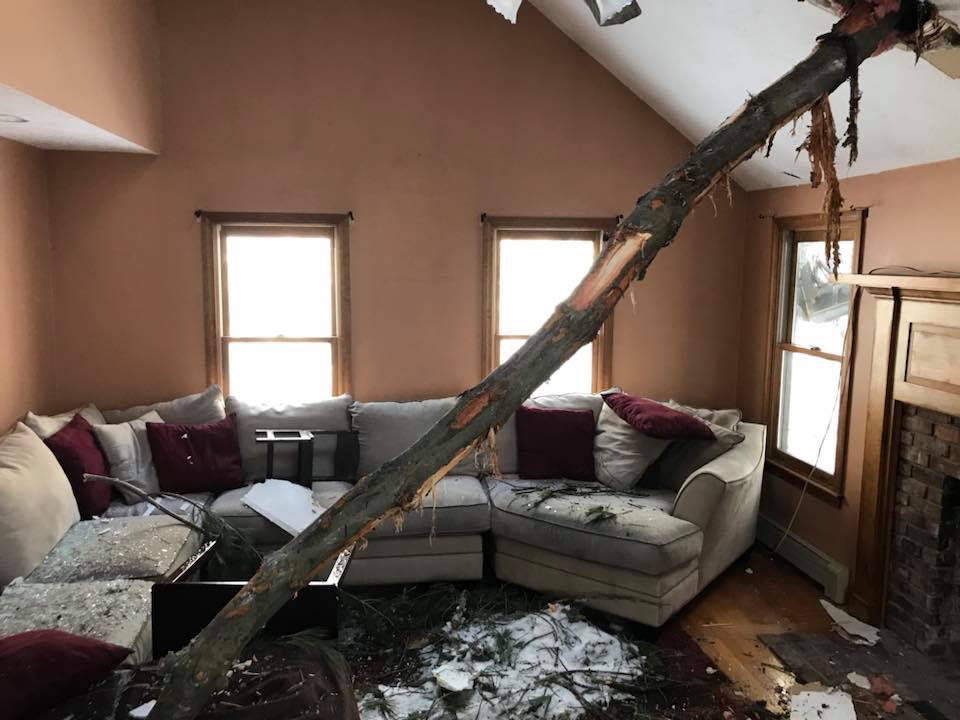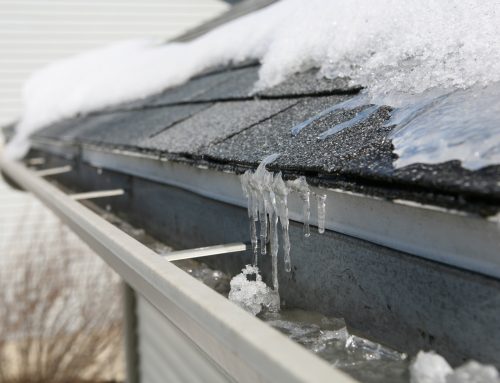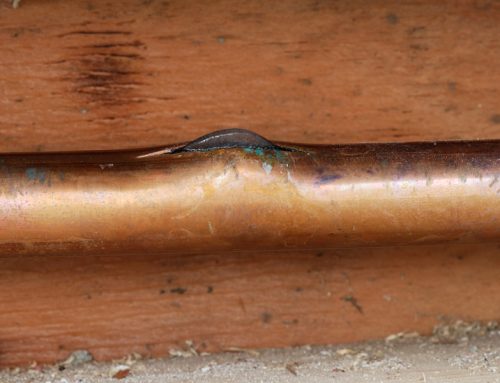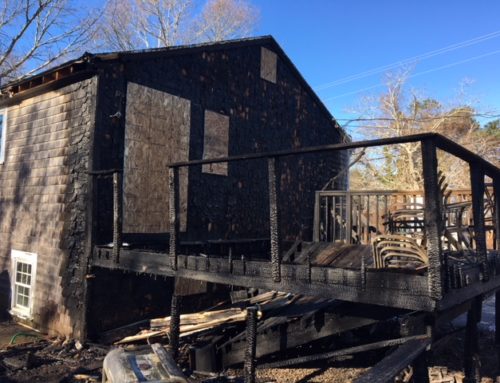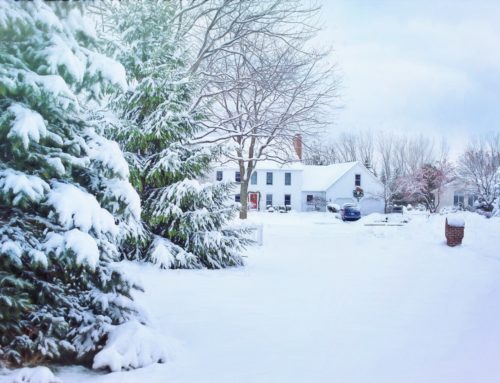If you own and rent a property, it might be tempting to assume that your tenants will bear the blame if something goes wrong during the winter. Unfortunately, that’s not the case! If you don’t take care to keep an eye on your rental, you could end up making claims after the first winter storm.
This is especially true if your property is mainly a summer rental that’s vacant during the cold months.
Here are four things to watch out for:
- Pipes freezing: No one wants to pay for heat or water at a rental that’s unoccupied, but if you don’t (and you haven’t gotten it properly winterized) you could end up paying big time in the long run when the pipes burst. If the insurance company doesn’t think you took “reasonable care” to keep the pipes happy, they’ll deny your claim. Leave the heat to no less than 55 degrees, and possibly keep the water at a slight drip to allow movement. Make sure all pipes are properly insulated and not exposed to the elements. Obviously make sure that you pay the oil and electricity bills on time, and check the property frequently to make sure the thermostat hasn’t run out of batteries. If you don’t live close enough to inspect the property after each winter storm, pay someone to do it. Just in case something does go wrong, you want to report it right away. Read more about “reasonable care” here.
- Damage from wind: You may be tempted to leave a loose shutter or to ignore the dangling branch in that huge tree that’s a few yards away from the house. Don’t. Go around the property and check for anything that could pose a hazard in blizzard-force winds, including yard ornaments or crumbling fencing. While you may not realize a tree is on it’s way out, if you have any dead trees on your property be sure to get them removed prior to winter. The last thing you want is a giant branch in your living room.
- Snow and ice accumulation: While most roofs are designed to withstand a decent amount of snow and ice build-up, especially here in the North East, it doesn’t mean that roofs can withstand anything. And if you happen to have warm air near your roof because of a poor insulating job, it could melt the snow and allow refreezing (which is called an “ice dam”) in your gutters. Eventually that could cause water to flow into your house rather than away from it! Have your roof inspected and find out how much snow/ice accumulation it’s made to withstand, and if you get anywhere close to that, rake off the snow after big storms (or pay someone else to do it). If you don’t live nearby, make sure to keep tabs on how much snow your rental’s area is getting so you don’t end up with roof damage.
- Hail: Your insurance provider believes you are capable of keeping an eye on your property’s roof. If the insurance company thinks your roof was in need of repair prior to a hail storm, they may want to reject your claim. Save the hassle and make sure you inspect the roof before winter for any loose or missing shingles/tiles or other potential leaking hazards. And if a hailstorm does strike, make sure to inspect the roof immediately following the storm. Come back after rainfall or some snow melting and make sure there are no leaks. Waiting until spring to file a claim will probably be too late!
Too late: Now what?
If your rental property has already suffered damage from wind, ice, hail or snow, don’t panic. Sabel Adjusters and our team of public adjusters are professionally trained to deal with these claims from start to finish!
Even if you made some mistakes in keeping your rental winter-proof, we can help negotiate with your insurance company and get you the compensation you deserve! Contact us today.

